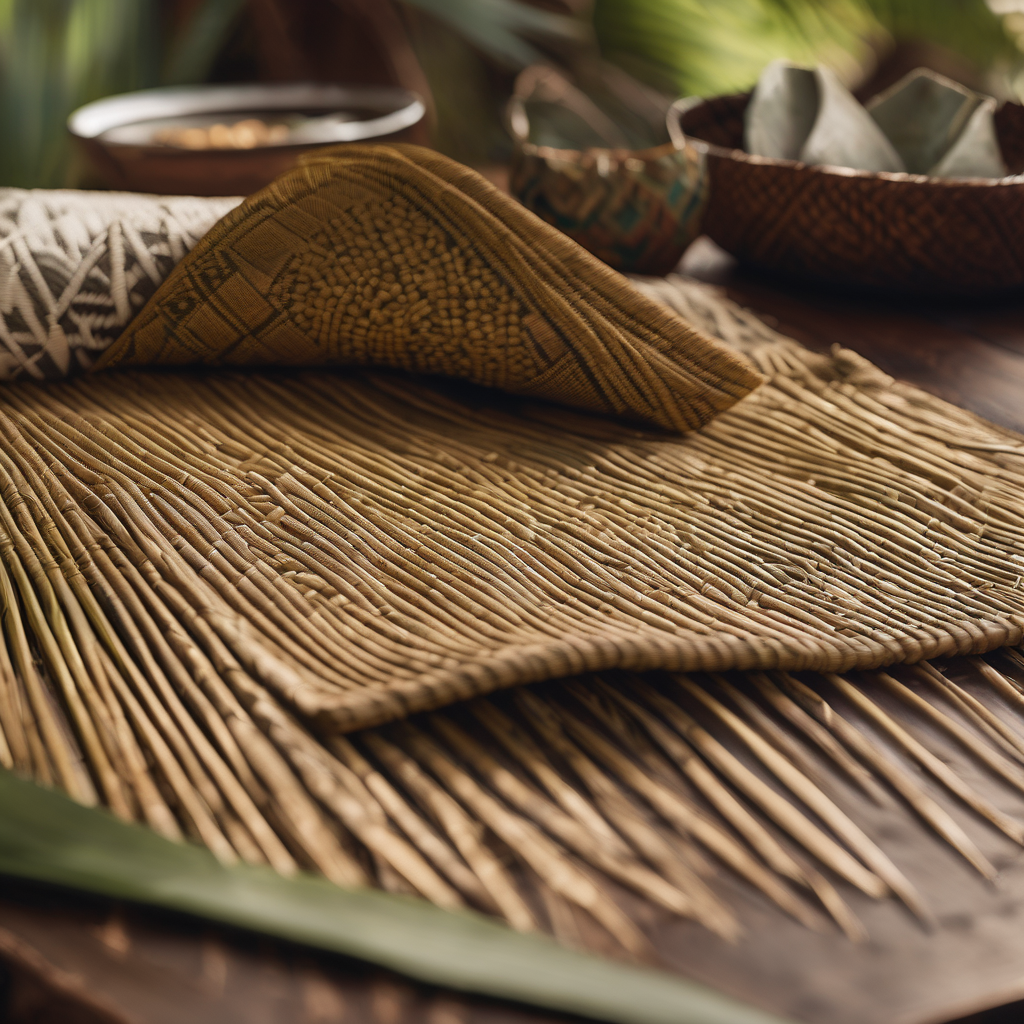The Veiqia Project, in collaboration with the Fiji Museum, is working tirelessly to revive the fading art of traditional weaving in Fiji. As modern influences permeate everyday life, many Fijian women and youth have missed out on learning this vital skill, which encapsulates ancestral knowledge, storytelling, and cultural identity.
Joana Monalagi, the program organizer, emphasizes that weaving transcends mere craftsmanship; it is a living narrative that has been passed down through generations. Through their research, the project team has discovered a rich tapestry of diverse weaving styles throughout Fiji. Each style not only showcases artistic flair but also reflects the social hierarchy inherent within the traditional caste system, where the intricacy, colors, and patterns hold profound cultural significance.
The project has ignited a communal spirit, uniting weavers from various regions in Fiji and creating environments where women can share skills, dialects, and personal stories. Participants are engaged in learning unique weaving techniques that not only connect them to their heritage but also enrich Fiji’s cultural fabric.
This initiative echoes the sentiments expressed in recent workshops held in Vanua Levu and Lautoka, which aim to combat the decline of traditional weaving skills among women. These workshops showcase the potential of weaving not only as an art form but also as a means of economic empowerment, fostering creativity and entrepreneurship among participants. Women like Senibiau Railala have highlighted the profound connection they feel to their heritage through weaving, stressing its importance in preserving traditional practices for the future.
The collaborative efforts of various programs and the community’s dedication to reviving these crafts provide a hopeful outlook for the preservation of Fijian culture. With each woven piece, the participants are not merely creating art; they are also strengthening their bonds with one another and their ancestors, nurturing both cultural identity and potential livelihoods in the process. This pathway towards revitalizing traditional skills serves as a beacon of hope, affirming that cultural heritage can thrive in the modern world.
